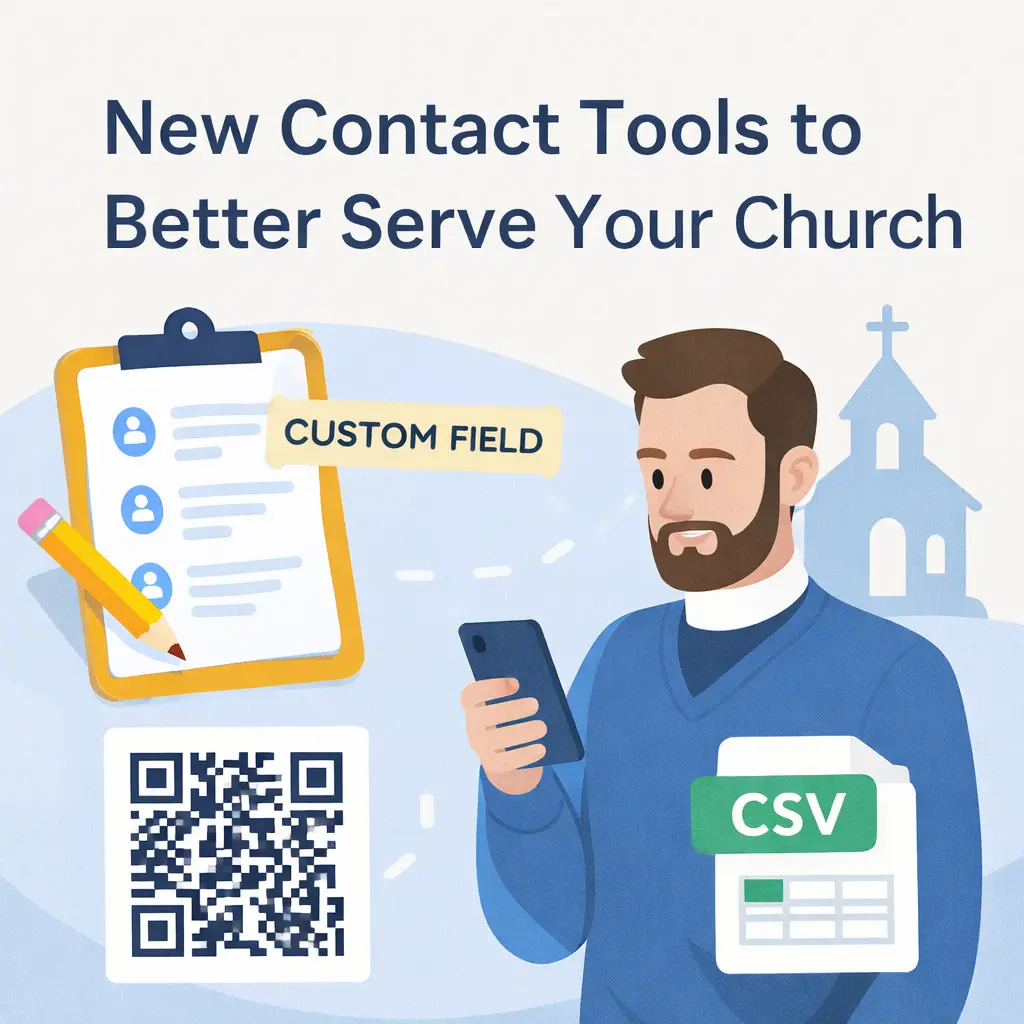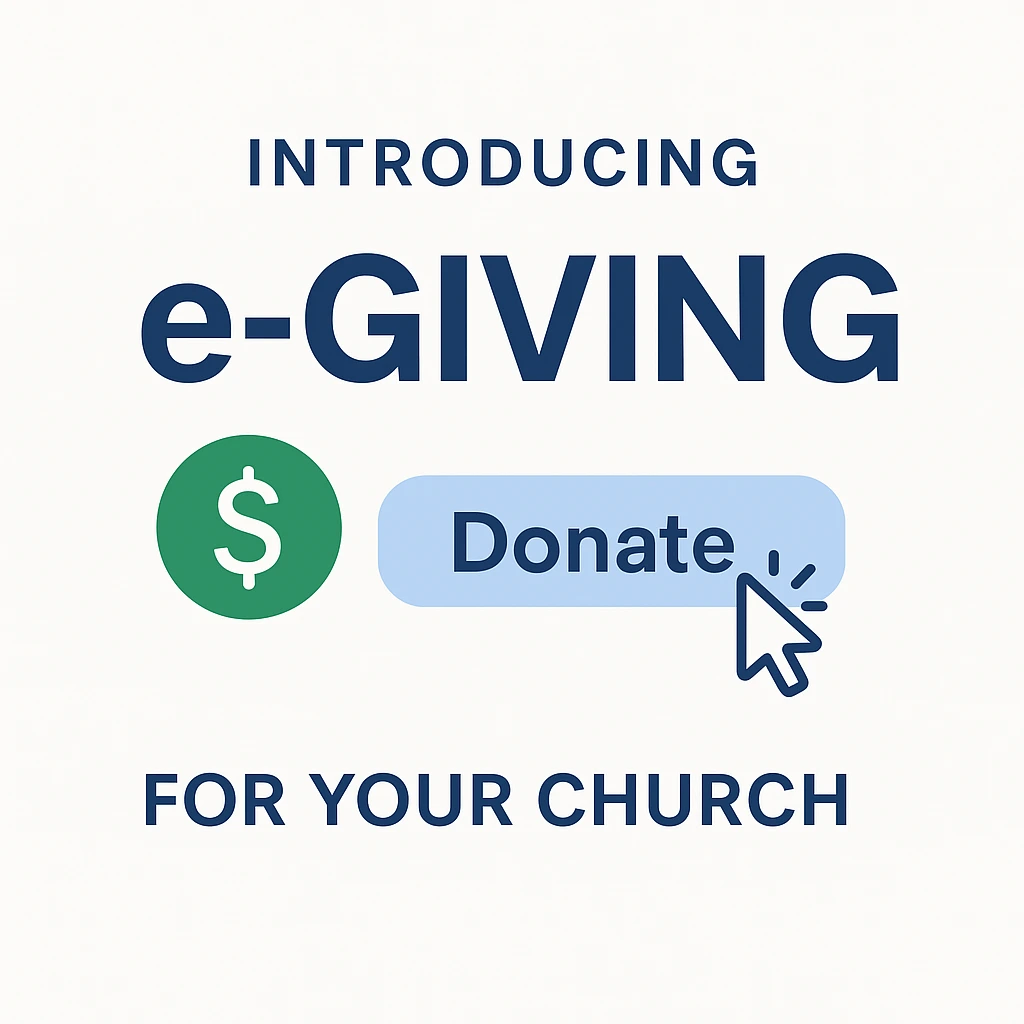Unlocking The Secrets Of Building A Highly-Engaged Online Community
As a coach, you want your clients to be more than just customers buying your course or entering your challenge. You got into this business to change lives and help your students better themselves. So it can be frustrating when your courses aren’t finished, or your content in your community spaces isn’t grabbing their attention.
If you’re looking for ways to make your online course community “stickier,” a digital space that becomes a habitual part of your client’s lives, you’ve stumbled upon the right article.
Below you’ll find 3 ways to keep your online course community engaged and committed from the beginning!
#1 Get Your Content In Front Of Your Clients!
You’ve likely been inundated with the idea that you must create endless high-value content for better engagement from your online community. However, in this day and age, that’s not necessarily true.
If you’re hosting your course on a course-building platform and using Facebook Groups for your clients to engage in the material, you’re creating unnecessary work for yourself.
Creating valuable content doesn’t guarantee it’ll be shown to your clients. For example, you could have thousands of members in a Facebook Group, but only a fraction see it due to the whims of an algorithm that only serves Facebook’s interests.
You may have noticed your newsfeed on Facebook and Instagram is being taken up by more ‘suggested content.’ In some ways, you can use this to your benefit, especially if you are trying to expand your reach. You’ll have more access to potential clients using Features like Reels. However, if you’re just trying to reach your current client base and increase the community engagement of your program, “suggested content” will just contribute to the decline of your online course community retention. Because it’s taking up the space, your content would have normally existed in. And if your members can’t see the content you’re posting, they can’t interact with it or participate in conversations about it. So your “community” goes stale, even when you’re putting a lot of effort into keeping it running.
An easy way to eliminate this problem is to leave Facebook behind and host your courses on SocialGlow, a platform that has mastered both pieces of the puzzle!
SocialGlow is a revolutionary course-building platform because it puts your online course community first by structuring everything around Groups. When you use SocialGlow for your clients, you’ll create a Group to host them. Once you have clients in the Groups, you can create and assign Courses to the Group members. Having Groups at the center of your course-building business fuses the learning and community pieces into one!
You’ll no longer have to worry about if the content you share with the community side of the program is seeing the material because SocialGlow has multiple forms of notifications that will tell all your members new content is posted. Everyone will see your content! Your community will thrive independently, so you don’t have to work so hard.
Another reason using a community-forward course-building platform, like SocialGlow, ensures your content gets in front of your students is that it’s all in one place! Never underestimate the power of not having to open another tab!
As humans, we’re all easily distracted. So if you are having your students go to multiple places, something will be dropped. Just like with the checkout strategy - the more chances a person has to rethink their choice, the more likely they will give up on making it. But with SocialGlow, you’ll eliminate any obstacles that could hinder your students from fully experiencing your program because the learning portion and the community will all be in one place.
Make Engaging With Your Community Convenient
You may be weary of shifting away from Facebook Groups because of how convenient it is for your students to access them. You're probably accessing if the convenience of Facebook outweighs the freedom of algorithms you'll gain from using Social Glow. Well, the good news is that you don't have to choose!
SocialGlow knows that convenience is an integral part of the equation for a thriving online community. Because, after all, if your students are unwilling to go to the platform, then your influence stops there.
That's why the SocialGlow app mimics social media's ease of use and community-building Features such as Group and Individual Chat, liking, and commenting on posts. So your students will be able to take their course and discuss it all from the convenience of their phone!
When it lives on their phone, it's easily accessible and can be checked into casually while in line at the grocery store or during breaks at work. And the casual nature of it - is what makes it become a habitual digital space for people to occupy. And the more habitual - checking into your community becomes for your students, the stickier your online course community will be!
#2 Incentivize Your Clients To Show Up!
You've likely used giveaways in your online community spaces before - whether you're giving away your brand's merch, free training, or even cash prizes - to incentive your members to take action.
Giveaways are effective but can be time-consuming when trying to track who wins. What if an incentive structure was already built into your course and community experience without you needing extra to do work?
That's where SocialGlow's Gamification feature comes in. When clients do tasks such as commenting on a post or finishing a lesson, they'll earn points. These points will act as 'micro-rewards,' AKA a release of a happy feeling! And because your clients feel happy every time they interact with your content, they'll associate your course and community with that feeling, increasing their engagement without ever understanding why your content speaks to them more than ever.
Gamification is just another tool for getting your course in front of people in a way that will actually impact their lives. The more they want to return to it, the more it'll provide value to them.
And because SocialGlow populates all the points earned by your members on a leaderboard that everyone can see, you can take the incentivization one step further and provide prizes based on your members' involvement.
Remember being at the arcade and the rush of turning in all the tickets you've earned to pick out prizes? What if you had special rewards that people could earn once they hit a certain level of points?
This creates a whole other type of drive for people to want to hit those higher levels in your community.
#3 Develop The Personal Element Of Your Course Community
So you have everything that'll keep people engaged once they start, but how do you get it going? Well, you need to develop the personal element! It's not just enough to incentivize your community; you must also facilitate!
Community is built on connection, something resonating with a group of people. Gamification and incentivizing participating in your Group will keep the momentum going, but you'll need your students to lean into the experience for those pieces to work. So how do you create a connection in a digital space full of strangers?
You encourage your Group members to share by setting an example!
First, you want to develop a clear path for communication. In SocialGlow, you can add your contact info and additional resources on the side with customized buttons. That way, your clients have easy access to any logistical information. The calendar with upcoming events is also located on that side of your Group. With SocialGlow, you can send automated reminders to members for deadlines and events. Touching base regularly with your Group members provides contact that prevents distance from occurring between you and your clients while they are going through your program.
Communication is an essential part of a community, and it's a good idea to model effective communication from the very start of your course. You want to state the expectation of communicating clearly. For instance, if you want your students to talk to each other in the Group, explain why you think that will benefit their learning process.
Also, provide an easy way for your members to communicate with you and ask questions. Whether tagging you in the Group, messaging you privately on the platform, or texting you through your cell phone number - provide that information upfront.
Your community will thrive when your clients feel like they are interacting with real people. Reaching out personally to each Group member when they join sets the tone for prompt communication. Showing your members right away that they can access you will make them feel like engaging with the community is worth their time. SocialGlow has a Chat feature that makes this easy.
You'll also want your new Group members to introduce themselves in whatever format they are comfortable in. Give them guidelines for what to include in their introduction. The more guidelines you provide, the more likely they will do it. Have them share why they started your program, what they hope to gain from it, and one interesting fact about themselves. Or whatever you feel would prompt sharing that will resonate with the other Group members. Make sure to interact with their introduction posts as soon as possible after they are posted. This lets your members know you are easy to reach and are always listening.
SocialGlow allows everyone to post in most file types: .mp4, .mp3, .pdf, .txt, .png, .jpeg & .gif. So your clients can express themselves easily.
Once the content is posted on SocialGlow, it is designed to continue the conversation through likes, commenting, and adding images. Similar to how you would interact with content on Facebook.
Another way to encourage community building is to create a post that you pin to the top of the Group. Use it as a space for members to add resources and articles they've found that pertain to the course material but are found in real life. You could also use the same format to encourage your students to share daily wins. When members share, you quickly like and affirm their content to show them you're paying attention to their contributions.
Your clients are at the heart of your online course community. If you create a space where they feel heard and connected to like-minded people, you can keep them engaged and motivated.








